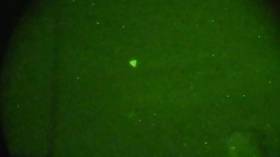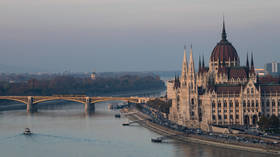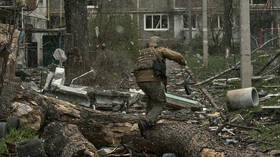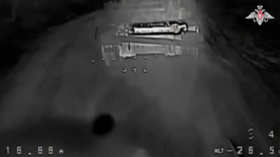NASA kicks off UFO study
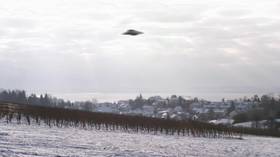
A UFO study by a team of NASA scientists began on Monday, with researchers from various disciplines poring over unclassified data to better understand the aerial phenomena. After decades of secrecy, multiple government departments are now turning their attention to the skies, including the Pentagon.
The space agency study brings together 16 researchers including data scientists, oceanographers, physicists, and astrobiologists, as well as former fighter pilot and astronaut Scott Kelly.
The study will use only unclassified data from civilian and commercial sources, and does not aim to explain what UFOs – referred to by NASA as unidentified aerial phenomena (UAPs) – actually are. Rather, its findings will inform NASA on how best to study future sightings.
“Exploring the unknown in space and the atmosphere is at the heart of who we are at NASA,” said Thomas Zurbuchen, an associate administrator with the agency. “Understanding the data we have surrounding unidentified aerial phenomena is critical to helping us draw scientific conclusions about what is happening in our skies. Data is the language of scientists and makes the unexplainable, explainable.”
At the study’s announcement in June, NASA stated there was “no evidence UAPs are extra-terrestrial in origin.”
However, the US government has admitted that it doesn’t have any better explanations for some UAP sightings. The Pentagon released a report last year saying that it had reviewed sightings of 144 UAPs since 2004, and could only explain one: a deflated weather balloon. A year earlier, as Congress held its first hearing on UFOs in more than 50 years, the Pentagon said that it had gathered nearly 400 reports by military personnel of mysterious encounters and sightings.
The Department of Defense created a UFO-tracking unit in January called the Airborne Object Identification and Management Group, renaming it the All-domain Anomaly Resolution Office (AARO) in July and broadening its scope to include objects on land and sea, as well as in the skies.
Unlike the NASA team, the AARO’s researchers have access to classified data from the US military, and are treating the project as a matter of national security. AARO scientists will “detect, identify and attribute objects of interest,” and “mitigate and defeat” security threats as necessary, the Pentagon said in July.
